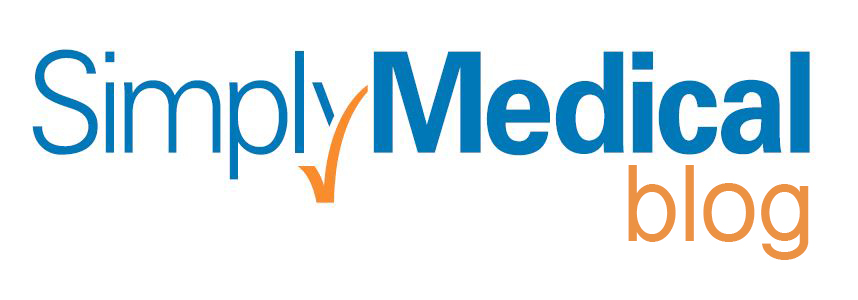 Chronic pain can be a debilitating condition that impacts every facet of your life, from enjoying activities at home to sleeping well at night and even your ability to get out into the community. Coping with chronic pain means trying to alleviate symptoms as best you can and finding ways around some challenging tasks.
Chronic pain can be a debilitating condition that impacts every facet of your life, from enjoying activities at home to sleeping well at night and even your ability to get out into the community. Coping with chronic pain means trying to alleviate symptoms as best you can and finding ways around some challenging tasks.
What Causes Chronic Pain?
Most often, chronic pain begins with an injury. When an area of the body suffers an injury such as your back, the nerves in that region send a message directly to the brain to alert it to the problem. That signal is what we interpret as pain. Once the problem is relieved due to healing, the nerves stop communicating that pain.
In some cases, that doesn’t happen. The nerves suffer damage or the necessary healing doesn’t occur. That means the pain doesn’t go away, though it may lessen for some people over time.
How common is chronic pain? The Cleveland Clinic estimates that as many as 25% of adults in the U.S. deal with chronic pain.
Tips for Living with Chronic Pain
If you are struggling with chronic pain and it’s limiting your quality of life, it may be time to look for a few ways to improve how you’re coping. Here are some things to consider after you’ve talked to a healthcare professional.
Pain Relievers: Talk to your doctor about any pain relievers you can take to minimize the day-to-day pain. Some standard options include naproxen, ibuprofen and acetaminophen.
Keep in mind that some NSAID products like ibuprofen and naproxen can raise your blood pressure. If you have hypertension, talk to your doctor about what pain relief medication is right for you.
Pain Relief Cream: Some topical applications of pain relievers may help if your pain is localized, such as in the back or joints. These can offer a bit of a soothing comfort level when the pain becomes too much to handle.
Massage: Some people find significant relief from chronic pain by using massage techniques. See a professional massage therapist or try using a showerhead with massage settings for some soothing relief.
Exercise: Though it may be uncomfortable for some, exercise is a valuable tool for pain relief, especially when done under the supervision of a physical therapist or healthcare professional. Working those joints and muscles may help to breakdown scar tissue that’s developed and causing your pain. Exercise can encourage healing, as well, and strengthen muscles that support damaged areas.
Relax: Find ways to relax. This may include yoga, meditating, Qigong, Tai Chi, or guided imagery. These tools, along with just finding a way to laugh, can help release endorphins, which can help soothe the aches and pains you have.
Please note that if you suffer from chronic pain, be sure your doctor knows about it. They may be able to determine an underlying cause and help you to find relief.
You’ll find a wide range of pain relief products at Simply Medical that may offer you some help.
